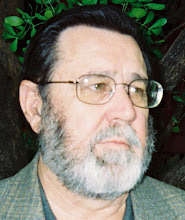Japan's current nuclear reactor problems show the safety of properly designed nuclear plants. The worst earthquake in one hundred years, a thirty foot tsunami, loss of external power and normal cooling systems, exploding buildings due to hydrogen buildup, and no radiation leak.
Emergency steam released from the reactor core containment buildings contain insignificantly low level radiation, which is dispersed in the winds. We get more radiation from the rocks we live on and the granite buildings we inhabit.
Some dozens of people have been treated for supposed symptoms of radiation poisoning. But there has been no explanation for how they were exposed. Likely imaginary illness? (Even given such illness and possible deaths, nuclear plants save more lives by reducing the death rates involved in providing alternative sources of energy.)
The worse case scenario of a core melt down would simply drop the core into the earth a few feet, depending on the type of rock and dirt, where it continues to cool, can be recovered, and shipped to a nuclear waste site.
Most of the community disruption is due to politically motivated “emergency” responses. Other types of industrial disasters kill far more people: refinery explosions, plane and train crashes, ship sinking, dam breaks, etc. Not to mention all those who die in the alternative coal mining and transportation operations, oil rig explosions, etc.
These same lessons were also taught by the so called Three Mile Island “disaster” – which it wasn't, except for the owners.
Nuclear reactor problems do not equal radiation problems.
Subscribe to:
Post Comments (Atom)


No comments:
Post a Comment